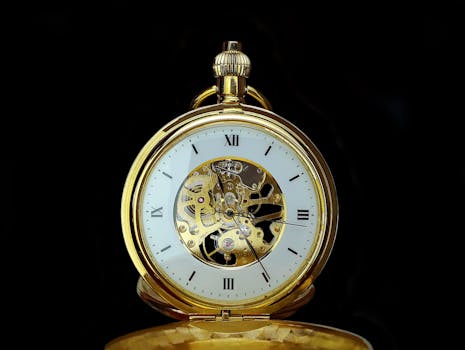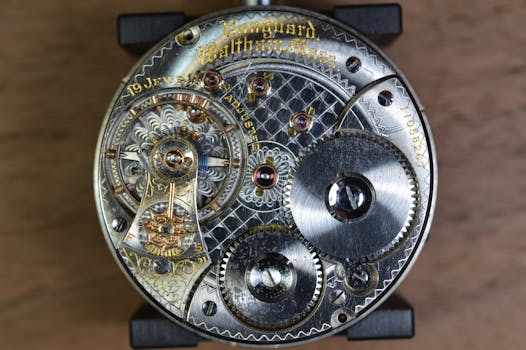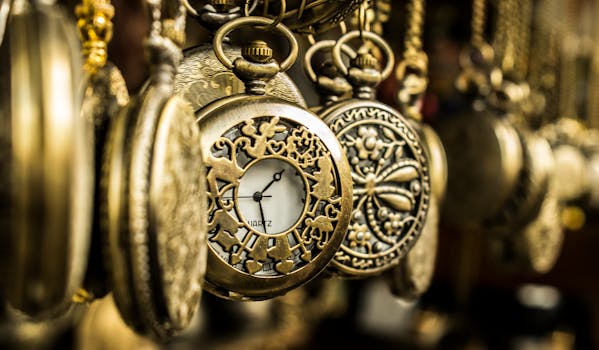Takeaways
- Research is key: Understand the brands, models, and market trends before investing.
- Condition matters: Always assess the watch’s condition and authenticity.
- Join communities: Engage with other collectors to share insights and resources.
Collecting Vintage Watches: Tips and Trends for Enthusiasts

Understanding the Appeal of Vintage Watches

Moreover, vintage watches can serve as both a passion project and an investment. Over the years, many collectors have seen the value of their timepieces appreciate significantly, making vintage watches a viable option for diversifying an investment portfolio.
Starting Your Vintage Watch Collection

1. Research Thoroughly
Before making any purchases, invest time in researching different brands, models, and their histories. Familiarize yourself with the features that distinguish various timepieces, and learn about the reputations of different manufacturers. Websites, forums, and books dedicated to horology can provide valuable insights into what makes a watch collectible.
2. Set a Budget
Determine how much you are willing to spend on your collection. Vintage watches can range from affordable to exorbitantly priced, depending on their rarity and condition. Setting a budget will help you narrow down your options and prevent impulsive purchases.
3. Assess Condition and Authenticity
The condition of a watch is crucial to its value. Look for signs of wear, damage, or modifications that may affect its authenticity. Always ask for documentation or provenance that can verify the watch’s history. If possible, consult with a professional watchmaker or appraiser who can provide insights into the watch’s condition and authenticity.
4. Start Small
As a beginner, consider starting your collection with more affordable pieces. This approach allows you to learn the ropes without a significant financial commitment. As you gain experience and confidence, you can gradually invest in more high-end vintage watches.
5. Network with Other Collectors
Joining watch collecting communities, whether online or in person, can provide you with invaluable resources. Networking with other collectors can help you discover reputable sellers, learn about upcoming events, and share tips and experiences. Online forums and social media groups dedicated to horology are great places to connect with fellow enthusiasts.
Current Trends in Vintage Watch Collecting
1. Increased Interest in Independent Brands
While established brands like Rolex and Omega have always been popular among collectors, there is a growing interest in independent watchmakers. These brands often produce limited runs of unique designs, making them highly sought after by collectors looking for something different.
2. Sustainability and Eco-consciousness
As consumers become more environmentally aware, the trend towards sustainability has reached the watch collecting community. Many collectors are now seeking out vintage pieces as a way to promote sustainable fashion. Additionally, brands that focus on ethical practices and sustainable materials are gaining popularity.
3. Digital Innovation and Auction Platforms
The rise of online auction platforms has revolutionized the way collectors buy and sell vintage watches. These platforms provide access to a global market, allowing collectors to find rare pieces that may not be available locally. Furthermore, digital tools and apps help collectors track market trends and values, making the buying process more informed.
4. Revival of Classic Designs
Many collectors are gravitating towards watches that reflect classic designs from the past. Retro styles are making a comeback, with brands revisiting their iconic models from previous decades. This trend appeals to both seasoned collectors and newcomers who appreciate the timeless aesthetic of vintage watches.
In summary, collecting vintage watches is an enriching hobby that combines passion, history, and investment potential. By following these tips and staying informed about current trends, you can enhance your collection and enjoy the journey of watch collecting.



